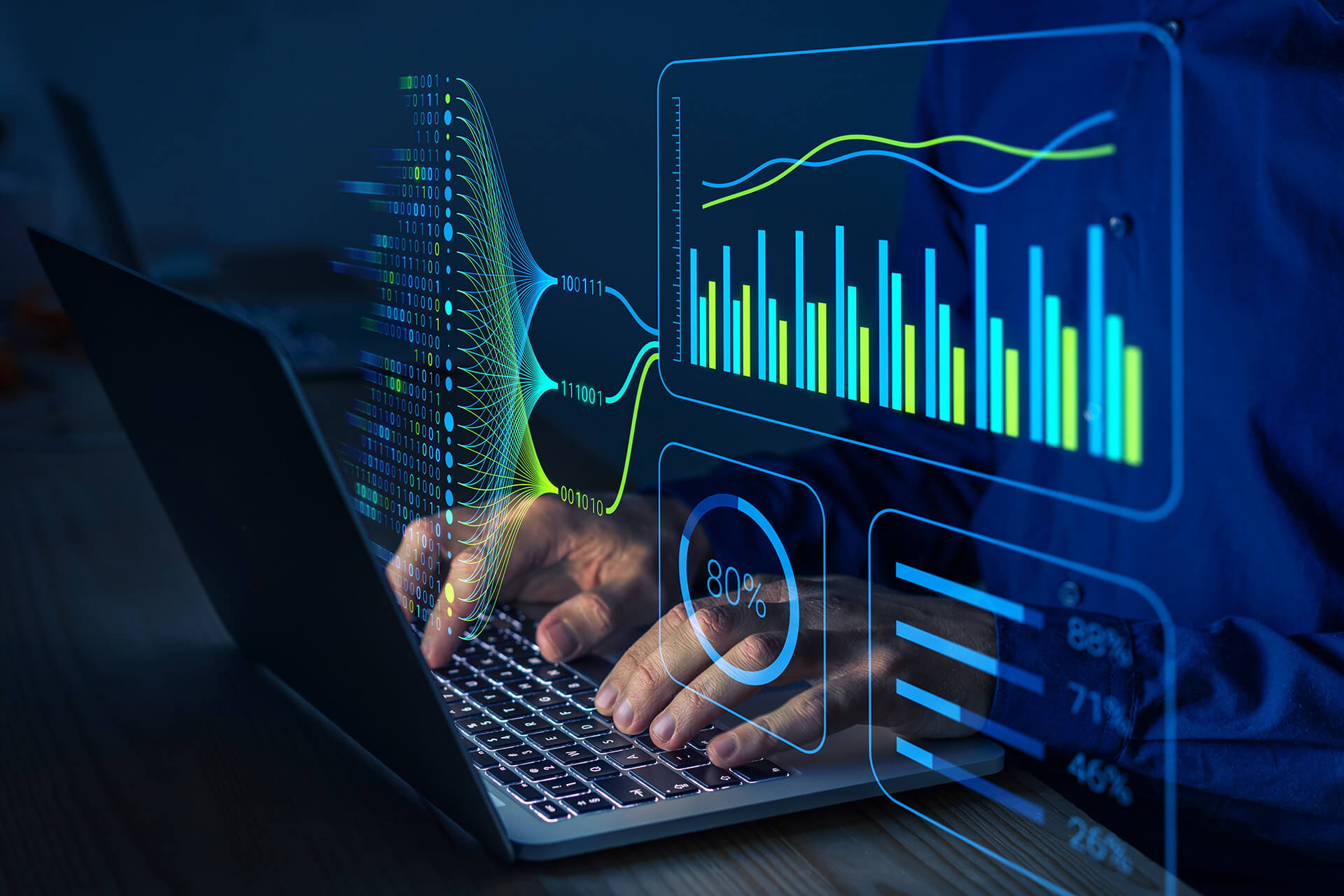In the modern digital landscape, data isn’t just information—it’s a living, breathing ecosystem. Imagine it as a sprawling rainforest where every leaf, branch, and stream represents a data point. Within this complex ecosystem, data science acts as the explorer—observing, analysing, and understanding the interconnections that sustain life. Now, with hyperautomation entering this wilderness, we’re equipping that explorer with advanced tools—drones, sensors, and AI companions—to make autonomous decisions that shape the very forest itself.
The Convergence of Minds and Machines
Hyperautomation isn’t just a buzzword; it’s the symphony of technologies like AI, machine learning, robotic process automation (RPA), and intelligent analytics working in harmony. When paired with data science, this alliance evolves from simple task automation to decision-making autonomy.
Instead of merely collecting data and feeding dashboards, systems can now interpret context, anticipate outcomes, and trigger responses automatically. It’s like shifting from a musician playing individual notes to a conductor leading a self-playing orchestra—every instrument aware of its cue and timing.
This evolution is particularly transformative for those pursuing a Data Science Course, as the curriculum now focuses not only on modelling data but also on orchestrating systems that learn and adapt continuously.
From Reactive Analytics to Predictive Automation
Traditionally, analytics has been retrospective—an exercise in deciphering what happened. Hyperautomation, infused with data science, flips this model by predicting what will happen and acting before it does.
Take the retail sector, for instance. Rather than waiting for sales reports, hyperautomated systems predict stock shortages and trigger supply chain orders autonomously. In manufacturing, predictive maintenance prevents costly downtime by analysing machine sensor data in real time.
This proactive intelligence is what modern data scientist classes now emphasise—teaching not just how to interpret data, but how to enable machines to act intelligently upon it.
Designing the Autonomous Decision Pipeline
Building an autonomous decision pipeline involves weaving multiple layers of intelligence together. Think of it as constructing a relay race where data is the baton—passed seamlessly from one stage to the next.
- Data Collection and Integration: The pipeline begins with raw inputs—structured, semi-structured, and unstructured data from sensors, logs, APIs, or human inputs.
- Preprocessing and Normalisation: Before automation can act, data needs to be cleaned and harmonised, ensuring accuracy and consistency.
- Analytical Modelling: Machine learning algorithms step in, identifying patterns and relationships invisible to human eyes.
- Decision Layer: Here lies the essence of hyperautomation—embedding logic that converts insights into real-time actions, such as optimising workflows or sending alerts.
- Feedback Loop: The system learns continuously, refining its decisions with every iteration.
The result? A digital organism capable of sensing, analysing, and responding—often faster and more accurately than human counterparts.
The Human Role in Machine-Led Ecosystems
With machines making autonomous decisions, where does the human stand? Far from being replaced, humans become the strategists—the architects who guide these intelligent systems.
The emerging role of a data scientist resembles that of a city planner rather than a mere analyst. They design how the data highways flow, where automation should intervene, and how the ecosystem remains ethical and transparent.
For professionals enrolling in a Data Science Course, this mindset shift is critical. It’s about mastering not just Python scripts or visualisation tools, but the philosophy of decision architecture—how to make systems trustworthy, interpretable, and human-aligned.
Ethics, Governance, and the Human Touch
Hyperautomation may amplify efficiency, but it also magnifies risk if left unchecked. Decision pipelines must be governed with clear policies on data privacy, bias detection, and accountability.
Imagine a financial model that autonomously approves loans. Without human oversight, it could perpetuate historical biases or make unethical judgments. Hence, embedding governance frameworks within automation is not optional—it’s essential.
Modern data scientist classes often incorporate these dimensions, emphasising explainable AI (XAI) and model transparency. The goal is to create systems that not only make decisions but also justify why they made them—a key step towards ethical automation.
The Road Ahead: Symbiotic Intelligence
As hyperautomation and data science continue to intertwine, the ultimate goal isn’t full autonomy—it’s symbiosis. The future belongs to hybrid ecosystems where humans and machines learn from each other in real time.
Industries from healthcare to logistics are already experimenting with self-correcting systems—ones that diagnose errors, retrain models, and adapt strategies dynamically. In essence, decision-making becomes fluid, organic, and continuous.
The explorers of this new frontier—today’s data professionals—must cultivate both analytical rigour and creative vision. Through structured learning, such as a Data Science Course, they gain the foundation to build tomorrow’s autonomous enterprises—ones where every process thinks, learns, and evolves.
Conclusion: From Automation to Autonomy
Hyperautomation meeting data science is more than a technological leap; it’s a philosophical shift. It marks humanity’s transition from doing things faster to thinking faster. The digital rainforest, once merely observed by data scientists, is now alive with intelligent motion—adapting, evolving, and deciding on its own.
The challenge and opportunity lie in guiding this evolution responsibly—ensuring that as we hand over control to machines, we preserve the values, ethics, and empathy that define human intelligence.
Autonomous decision pipelines aren’t the end of human innovation; they are its most powerful extension. In the hands of skilled professionals trained through data scientist classes, they represent the dawn of an era where insight itself becomes intelligent.
For more details visit us:
Name: ExcelR – Data Science, Generative AI, Artificial Intelligence Course in Bangalore
Address: Unit No. T-2 4th Floor, Raja Ikon Sy, No.89/1 Munnekolala, Village, Marathahalli – Sarjapur Outer Ring Rd, above Yes Bank, Marathahalli, Bengaluru, Karnataka 560037
Phone: 087929 28623
Email: [email protected]

